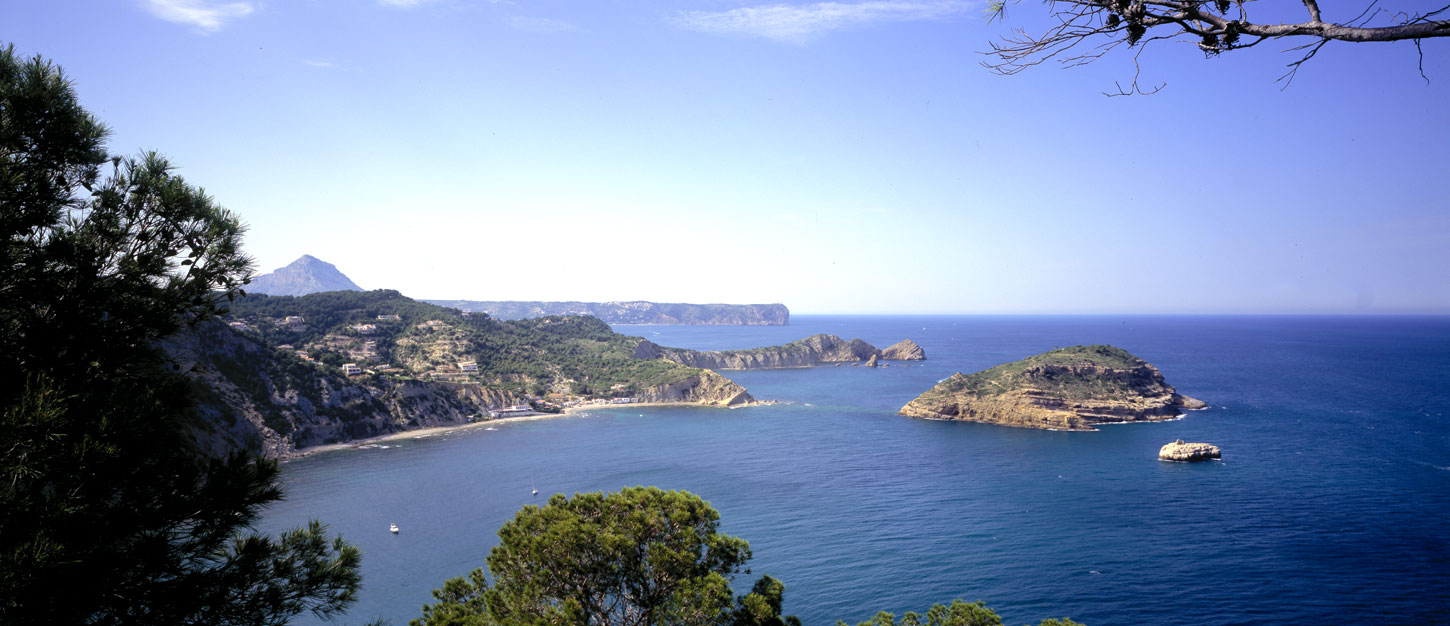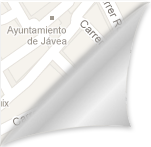

Riuraus and other buildings
The typical riuraus (grape-drying facilities) and naias (portico galleries) are very representative elements of Xàbia's rural architecture used to store the grape raisins. They are testimony of the raisin trade's importance in Xàbia. They were rectangular structures with sandstone partitions and galleries with large “ulls” (arcades), whose purpose was to shelter the grapes extended on "cañizos” (thatched mats) to dry.
One of the largest structures is the Riurau de los Català d´Arnauda, recently transferred from its original site to the Montaner Park.
Other buildings are: the Pont del Llavador (Washing Bridge) with ashlar "tosca" sandstone works with 3 segmental arches (16th -17th Century), and the Cruces (crosses). They are distributed throughout the entire municipality, made of "tosca" sandstone and some are crowned with steel; they were built to indicate the road junctions and boundaries used in the Medieval and Modern periods.













